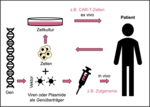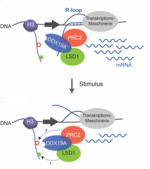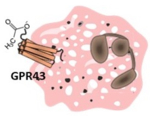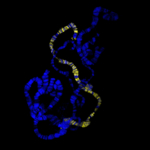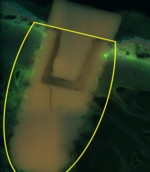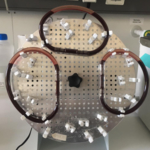Immune microenvironment as a risk factor for colorectal cancer in Lynch syndrome
Researchers at Heidelberg University Hospital (UKHD), the German Cancer Research Center (DKFZ) and at the National Center for Tumor Diseases (NCT) Heidelberg have demonstrated for the first time that there is a link between the development of colorectal cancer in individuals with Lynch syndrome and the composition of immune cells in the colorectal mucosa.
https://www.gesundheitsindustrie-bw.de/en/article/press-release/immune-microenvironment-risk-factor-colorectal-cancer-lynch-syndrome